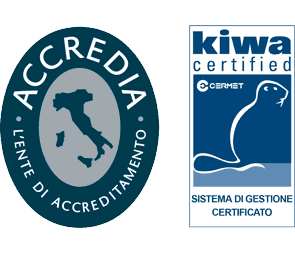What is Endodontics?
Often the clinician suggests tooth “devitalisation”; endodontics is the branch of dentistry which focuses on the morphology, physiology and pathology of dental pulp and periradicular tissues.
Are there contra-indications?
No, there are no diseases which prevent intervention. However, certain systemic conditions need to be carefully considered: hypertension, heart diseases, allergies, diabetes, infectious diseases (HIV, hepatitis, etc.), coagulopathies, cranial-mandibular disorders, pregnancy/ breast feeding are just some examples. Sometimes antibiotic prophylaxis is necessary before the operation.
What pathologies may I experience and what symptoms would I have?
There are multiple conditions, we’ll provide just a few examples along with main symptoms; obviously the dental check-up will depend on clinical assessment. When decay or a trauma result in dental pulp exposure (the inner part consisting of vessels and nerves), or inflammation, this may cause pulpitis (classic “tooth ache”, sometimes pulsing and unbearable), which over time results in tissue necrosis, in some cases leading to complications such as dental abscesses. Symptoms experienced by the patient range from increased sensitivity to spontaneous, pulsing pain that is difficult to localise; the tooth may also change in colour, often becoming “darker” than the others.
Over time the products of pulp decomposition and bacteria which set in may pass through the root canal and reach the deepest areas, such as the apical area (the hole which connects the inner tooth with the area surrounding the root), resulting in inflammation and infection of bone around the tooth and thus giving rise to complications: granuloma or periradicular cysts. Often the condition is asymptomatic but sometimes it is associated with repeated abscesses (swelling). Endodontics (root canal surgery) is resorted to in order to eliminate the pain and conserve the tooth, along with any pharmacological treatments.
What does it consist of?
Treatment refers to the specific pathology and patient, therefore it is not possible to provide a standardised treatment protocol that fits everyone, although there are certain common essential steps:
1. Creating the cavity to access the pulp chamber;
2. Removal of tissue contained in canals;
3. Cleaning and shaping of canals;
4. Filling of the canal with a biocompatible material that guarantees a stable seal over time.
For endodontic purposes, dental elements are classified based on the number of roots and root canals. There are monoradicular teeth (incisors, canines and premolars) and multiradicular teeth (first upper premolar and molars). The time it takes to complete endodontic treatment varies and depends on the complexity of the case as well as the presence of any inflammation/ infections.
Is it painful?
The inflammatory/infective phase of pulp may even reach levels of pain that are impossible for the patient to manage. Thanks to new techniques, medication and patient approaches, during treatment and following the operation, pain tends to disappear. Should any post-operative symptoms persist, a rare occurrence, they are easily controllable with suitable pain-relief therapy.
Our surgery
The surgery Dental@Med in Foligno uses contemporary equipment for patients to achieve excellent clinical results. Laser therapy in endodontics is one such example as it ensures excellent decontamination of the area to be operated, especially in the case of infected roots, granulomatous lesions and periapical cysts. This technology drastically increases the success rate, thus limiting the spread of infections in the oral cavity and protecting tissue integrity to the greatest possible extent. Electronic apical detectors and nickel-titanium mechanical equipment is also used to reduce x-ray exposure and correct canal shaping, for correct root disinfection.


